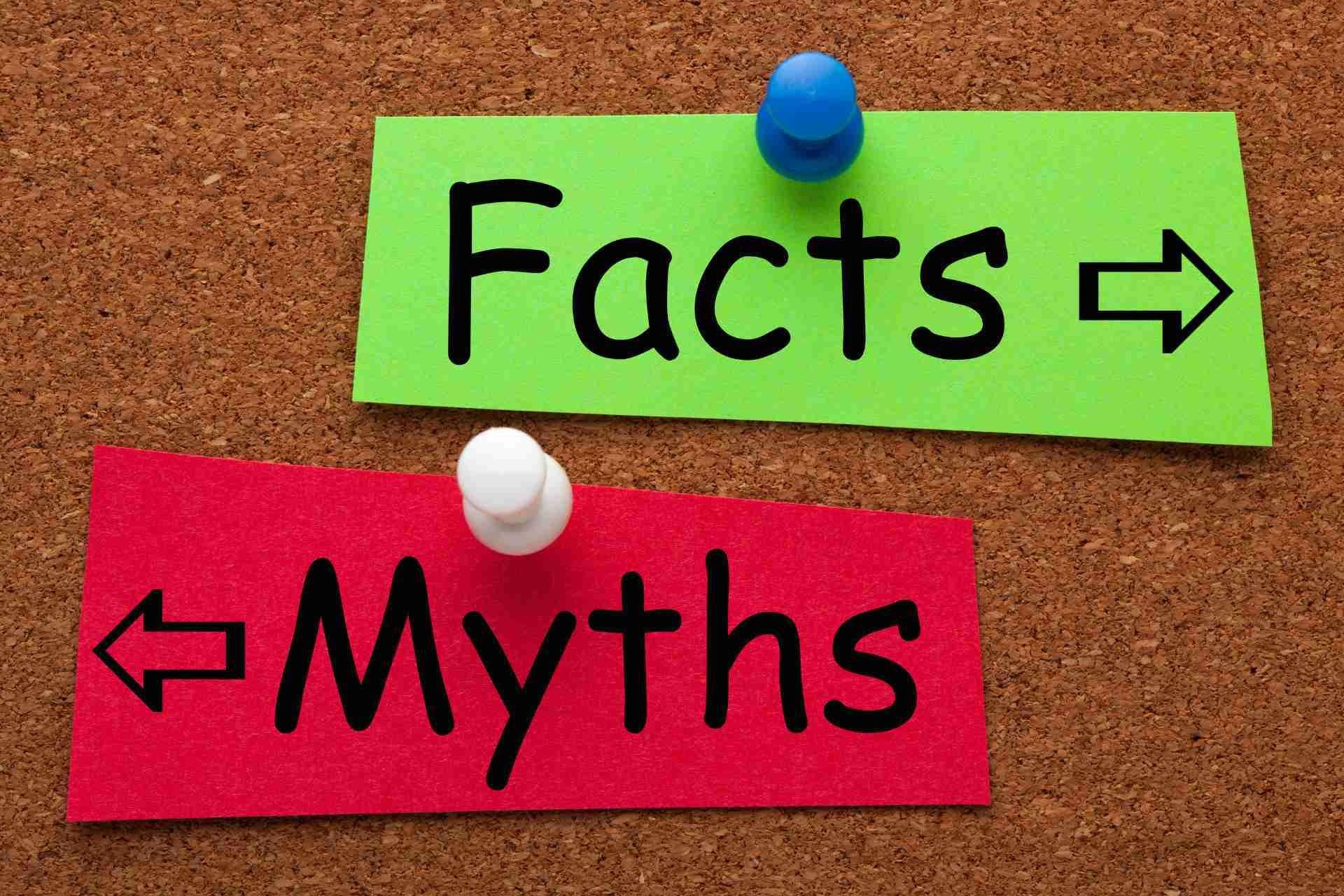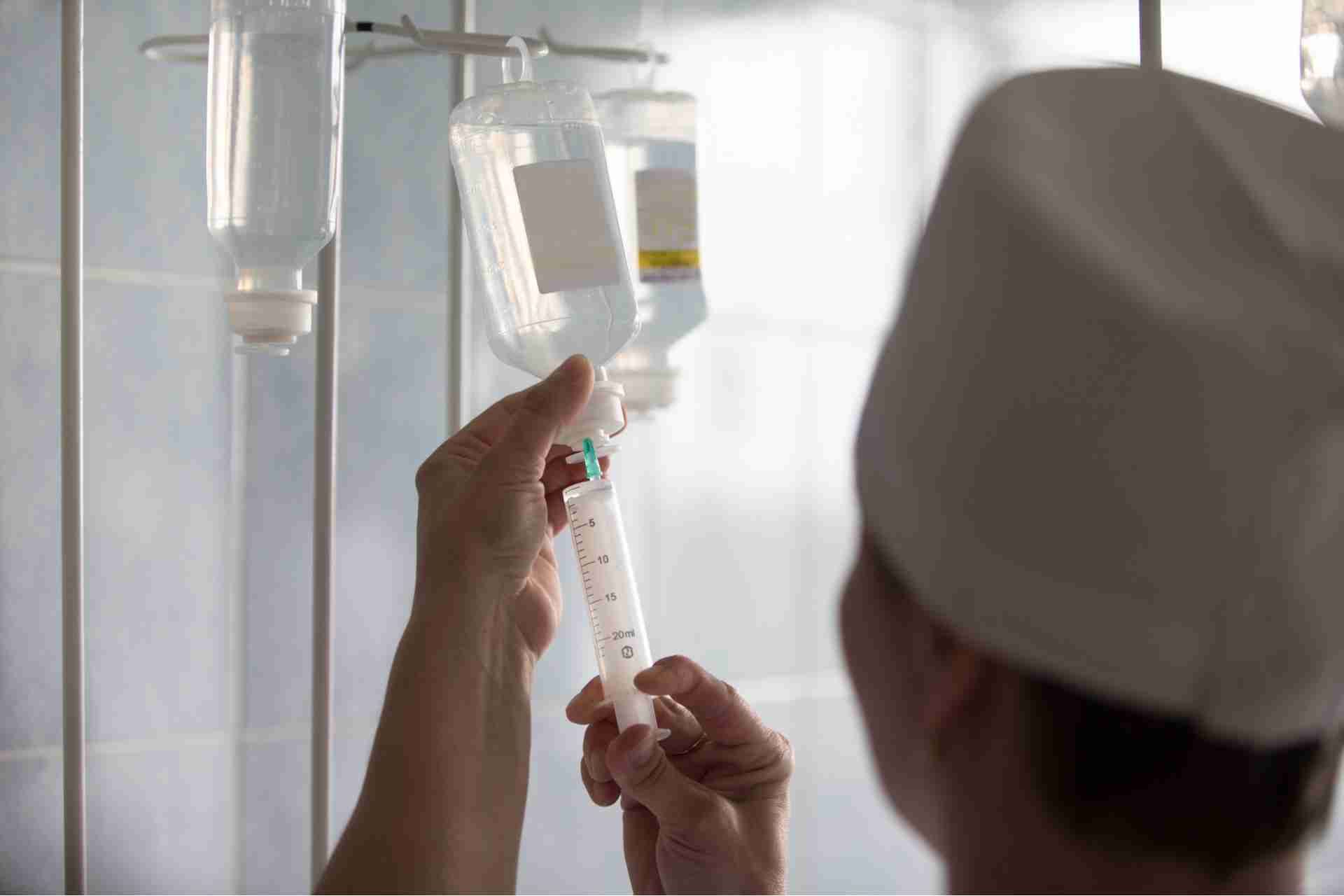Unveiling the Rapid Antidepressant Effects of Ketamine: Mechanisms Explained
Ketamine, an anesthetic medication, has garnered significant attention for its rapid and potent antidepressant effects. Unlike traditional antidepressants that can take weeks or even months to alleviate depressive symptoms, ketamine has been shown to produce noticeable improvements in mood within hours or days. In this blog post, we will explore the mechanisms through which ketamine acts against depression so quickly. By understanding the neurobiological processes involved, we aim to shed light on the unique properties of ketamine and its potential as a groundbreaking treatment for depression.
Understanding Depression and Current Treatment
Depression is a complex mental health disorder characterized by persistent feelings of sadness, hopelessness, and a loss of interest in previously enjoyable activities. Traditional antidepressants primarily target the monoamine neurotransmitters, such as serotonin, norepinephrine, and dopamine, aiming to restore balance in these systems over time. However, their delayed onset of action and limited efficacy for some individuals have led to the exploration of alternative treatments, including ketamine.
The Glutamate Hypothesis
Ketamine's rapid antidepressant effects are attributed to its impact on the glutamate system, specifically N-methyl-D-aspartate (NMDA) receptors. The glutamate hypothesis proposes that depression is associated with deficits in glutamate signaling, leading to impaired synaptic plasticity and reduced neuronal communication.
The Role of the Default Mode Network
The default mode network (DMN), a network of brain regions involved in self-referential thinking and rumination, has been implicated in depression. Ketamine's effects on the DMN have been of particular interest in understanding its rapid antidepressant action.
Additional Factors
While the glutamate system and DMN play significant roles in ketamine's rapid antidepressant effects, other factors may also contribute to its efficacy:
Conclusion
The rapid antidepressant effects of ketamine can be attributed to its multifaceted impact on the glutamate system, synaptic plasticity, neurogenesis, default mode network activity, and other related factors. By modulating these neurobiological processes, ketamine disrupts negative thought patterns, restores synaptic connections, and promotes neural growth. While ketamine holds promise as a revolutionary treatment for depression, ongoing research is needed to fully understand its mechanisms and optimize its use. With further investigation, ketamine may offer new hope for individuals who have not responded to traditional antidepressant therapies, revolutionizing the field of mental health treatment.










